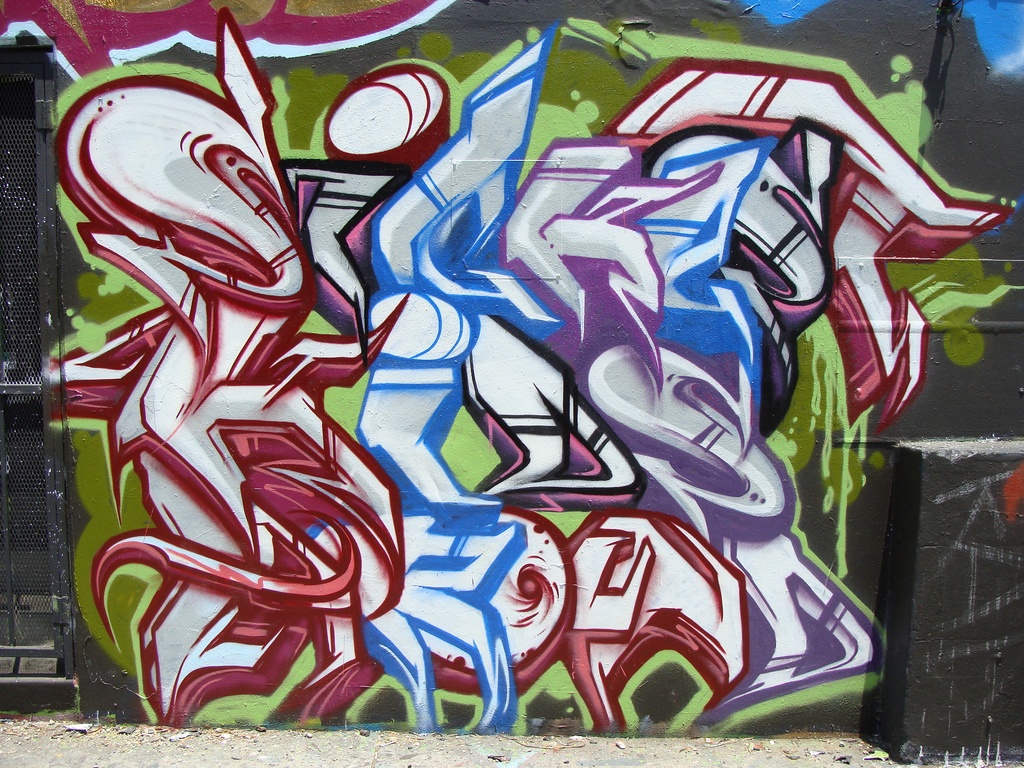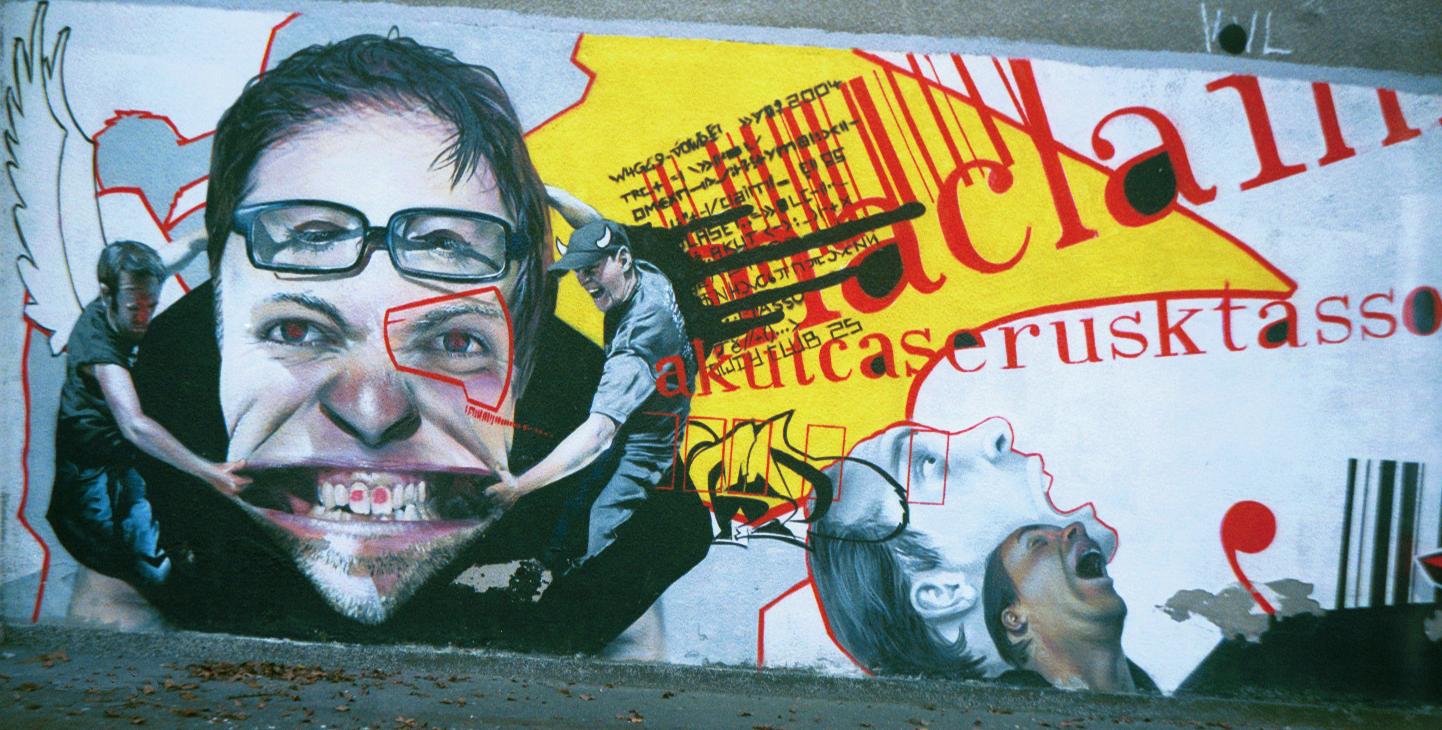Unbeknownst to me, she was definitely on to something. What my teacher understood and was able to tap into was the therapeutic effects of creating art. Today, Art therapy is actually a thing. Research shows that there are legitimate benefits of art therapy even if you are absolutely horrible at all things creative and crafty. In a clinical setting, art therapist use this medium to help people resolve conflicts, improve interpersonal skills, manage problematic behaviors, reduce negative stress, and achieve personal insight.
Stress reducing benefits of art therapy
Recently, Girija Kaimal, EdD. Assistant Professor of Creative Arts Therapies at Drexel University, conducted a study on the effects that participation in art activities has on stress hormones in the body. The conclusion was simple yet profound: 45 minutes of creative activity significantly lessens stress in the body, regardless of artistic experience or talent. The research found that cortisol levels (or stress hormones) of 75 percent of the participants were lowered during their 45 minute art making session. And while there was some variation in how much cortisol levels lowered, there was no correlation between past art experiences and lower stress levels.
Reaping the benefits of art therapy
Whether you could give Picasso a run for his money or can barely sketch a stick figure, you can reap the benefits of art therapy. The focus of this exercise is not on the finished product but on the transformative process that occurs during the experience. You don’t need a professional art therapists to reap the benefits of art therapy. Here are a few simple tips to help you become your own art therapist:
Keep it simple. If you know very little about art and don’t consider yourself an especially creative individual, start with a good old fashioned–old school coloring book and a box of crayons or colored pencils. This is a great way to still be creative without actually increasing your stress level trying to create something outside your artistic realm. Paint your feelings. This is another fun and simple way to be creative without the stress of producing a finished product per se. You get to decide what the finish product should be. By painting something intangible like your feelings, you won’t feel limited by your artistic inexperience in the same way you would if you were trying to paint something realistic like a landscape. Just allow yourself to flow freely and paint how you feel. Try a DIY project. This is great for those who are not neccessarily “free flowers.” If you prefer a bit more structure and need to produce a finished product, DIY projects are for you. Remember to ensure the project correlates with your ability and level of expertise. You can try a new recipe, build a book shelf, build a model plane or find something interesting and different on YouTube. Again, perfection is not the destination–it’s about the journey. Draw a picture with your less dominant hand or paint a picture with your toes. This is not just art therapy it is an exercise in hilarity. You will not only create something very unique but you will be completely consumed in trying to master the dexterity to accomplish the task. You will de-stress and have fun simultaneously. Try Journaling. If words are a way that you enjoy expressing yourself, this may be the best creative outlet for you. Try not to focus on grammar, spelling or being entirely coherent and eloquent. Just get it out. You can create lists, journal about your dreams, write short stories, or create perfection (your perfect life, spouse, child, world, etc.). Journaling need not be an everyday activity–just when your mood is right.
No matter what medium you choose making art is good for the body, mind and soul–even if your creation resembles the deranged scribbles of a grumpy toddler.

